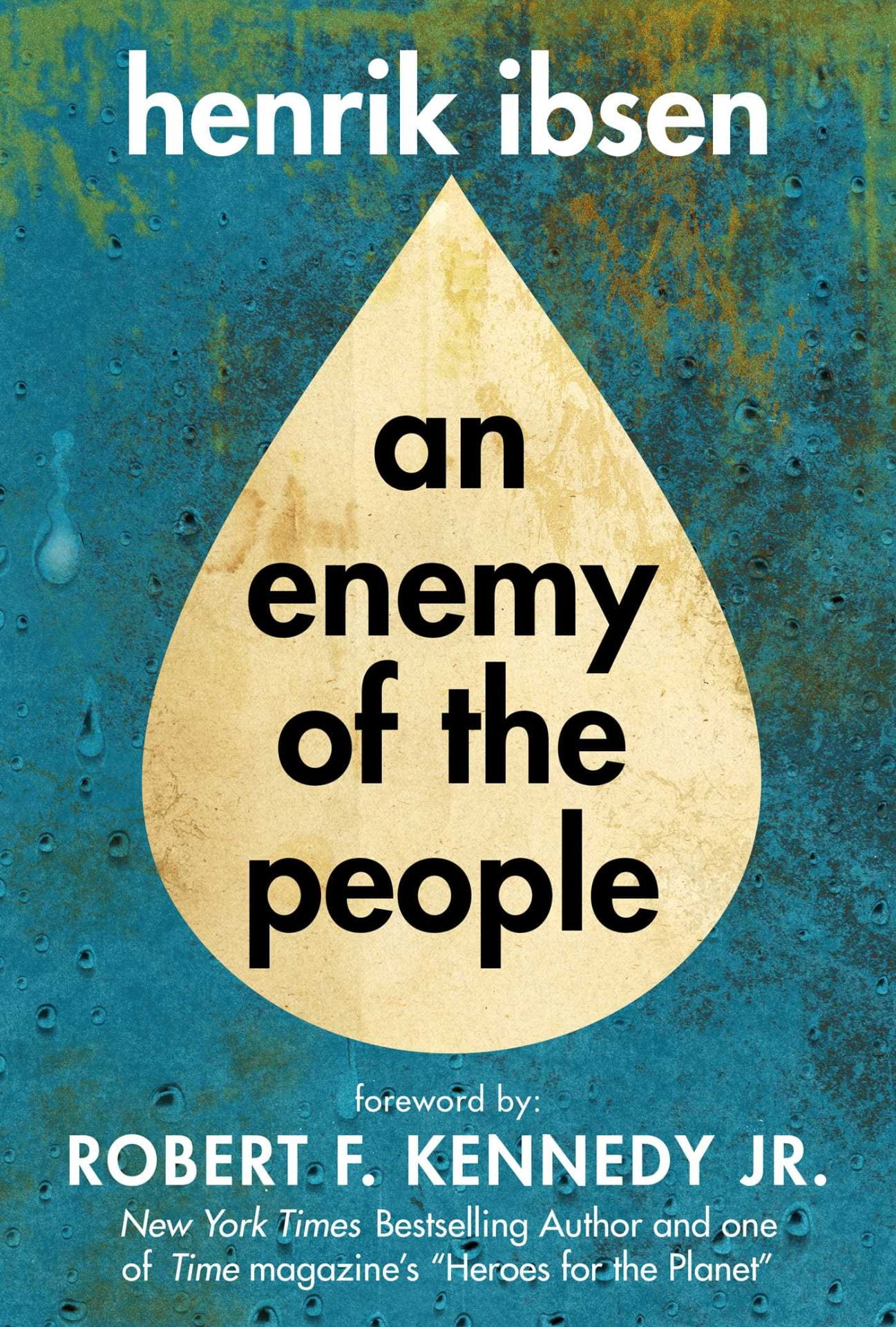AP English Literature Required 2023 Summer Reading Assignment ☀️📚

Drama: An Enemy of the People by Henrik Ibsen
Fiction: Pride and Prejudice by Jane Austen
There are two required texts for this summer. You are welcome to purchase your own copy if you would like to annotate as you read (which is definitely recommended), but a link to online
versions of each text is also provided.
A copy of each text can also be found at one of our “Mighty Five Libraries” or a pdf version can be accessed digitally An Enemy of the People by Henrick Ibsen and Pride and Prejudice by Jane Austin.
ACCOMPANYING ASSIGNMENT:
All summer work is to be completed on a shared Google Doc that has been created for each text. There are different Docs for each text. Email Mr. Stanford from your school email (@stu.socsd.org) to have the documents shared with you (usually within 24 hours).
A minimum of ten (10) “comments” are required for each text, and you must begin each comment with your last name for identification purposes. Also, when responding to someone else’s comment, please indent your work so that your peers will recognize it as continuing an existing discussion instead of starting a new one.
A comment can consist of creating a new post with a specific quote from the text (please provide
chapter numbers for each comment) and an explanation of its significance (i.e., its relevance to
setting, characterization, motivation, conflict, and/or theme), or it can consist of a detailed
comment/response to another comment on that page. Many times, the best responses include a
reference to another quote from the text to either support your opinion or respectfully question
someone else’s. When putting a quote up for discussion, please include the chapter number and a
brief in the comments’ title so that your peers can find it easily.
While there are no specific requirements as to the length of each comment, you should strive to
provide the same type of sophisticated analysis and commentary you will contribute during class
discussions, in essays, or in journals. Be brave! Contemplate, comment, suggest, hypothesize,
critique, question, applaud. Here is an edited/abridged sample from an online discussion from
last spring to give you a sense of the expectations:
STANFORD — Chapter 17 (The Soldier in White)
We have heard about the soldier in white before, but this expanded discussion in Chapter 17 is
even more interesting…What stood out to you and why?
SMITH: What struck me about the part about the soldier in white was the Schrodinger’s
Cat reference. On page 167, Yossarian reflects on his death…The soldier in white
technically could have remained “alive” for eternity, at least in relation to the people
around him. It’s an issue of “If the soldier in white isn’t declared dead, is he really dead?”
Like Schrodinger’s cat, which isn’t dead or alive, he hangs in the balance between alive
and dead. There lies the possibility of him having been alive up until he was found to be
dead. And so on and so forth.
JONES: I also took notice of the Schrodinger’s Cat parallel. I found it pretty funny that
the Texan was the only one insisting that the soldier in white was actually alive and a
nice guy. Nobody could even verify that the Texan was not talking to a dead
man…Instead, the soldiers worry about how he will annoy them if he starts groaning and
they ultimately do not do anything about it.
You are welcome to begin commenting after July 1, 2023, but all comments must be completed before
the first day of school. I will also periodically respond to comments during the summer. Finally,
since your first essay of the year will require you to use these texts, you are also encouraged to
take notes as you read. Pay particular attention to how the authors develop characters and theme.

Leave a Reply